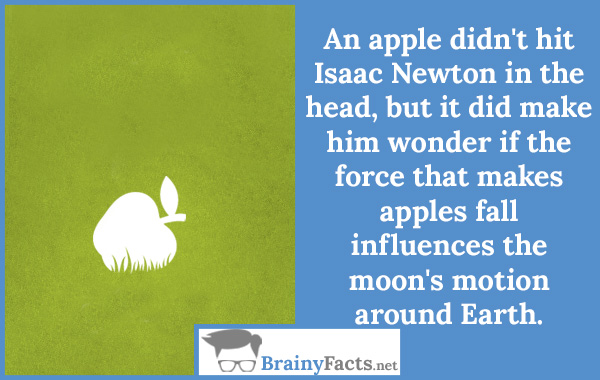

Despite this, many third party and shareware applications were (and continue to be) available for Newton. Additionally, it required learning a new way of programming. One of the major complaints programmers had was that the Toolbox programming environment was overpriced at $1000 (late in the life of the Newton the programming environment was made available for free). Newton used an advanced object-oriented programming system called NewtonScript, developed by Apple employee Walter Smith ( ). As of 2004 the Newton 20 still sell, without accessories, for over $100, despite the hardware being at least six years old. Recognition and computation of handwritten horizontal and vertical formulas such as "1 + 2 =" was also under development but never released because the principal engineer working on it went on leave.Įven given the age of the hardware and software, Newtons still demand a sale price on the used market far greater than that of PDAs produced by other companies. This may be one reason why the Newton still has a hard-core following to this day. By the time Apple discontinued the Newton in 1998, the handwriting recognition was greatly improved, and may be the best "real handwriting" recognition (as opposed to pseudo-handwriting input mechanisms like Graffiti) to have ever been available to the public.
PARAGRAPH INTERNATIONAL APPLE NEWTON SOFTWARE
Rosetta was generally considered a significant improvement and many users consider the Newton 2.1 handwriting recognition software better than any of the alternatives since.

Later releases of the Newton operating system retained the original recognizer for compatibility, but added a printed-text recognizer, code-named " Rosetta," which was developed by Apple, included in version 2.0 of the Newton operating system, and refined in Newton 2.1. Newton could also recognize and clean up simple drawn shapes such as triangles, circles, and squares, and had an intuitive system for handwritten editing (such as scratching out words to be deleted, circling text to be selected, or using written carets to mark inserts). It was actually quite sophisticated unlike the later Palm Pilot's Graffiti which made the user learn a new handwriting system and write each letter in an input area, Newton learned the user's handwriting (using a database of known words to make guesses as to what the user was writing) and could interpret writing anywhere on the screen. The original handwriting recognition engine was called Calligrapher, and was licensed from a Russian company called Paragraph International. The Newton marketing campaign trumpeted its handwriting recognition, though in initial versions it was fairly inaccurate. The Palm Pilot, with its smaller, thinner shape cheaper cost and more reliable (though less intuitive) Graffiti® handwriting recognition system, managed to restore the viability of the PDA market after Newton's commercial failure. introduced the Palm Pilot, before the Newton was discontinued. These initial problems marred Newton's reputation in the eyes of the public, and PDAs would remain a niche product until Palm, Inc. Critics also panned its handwriting recognition. Newton was unsuccessful in the marketplace for two primary reasons: its high price (which went up to $1000 when models 20 were introduced), and its large size (it failed the "pocket test" by not fitting in an average coat, shirt, or pants pocket).


 0 kommentar(er)
0 kommentar(er)
